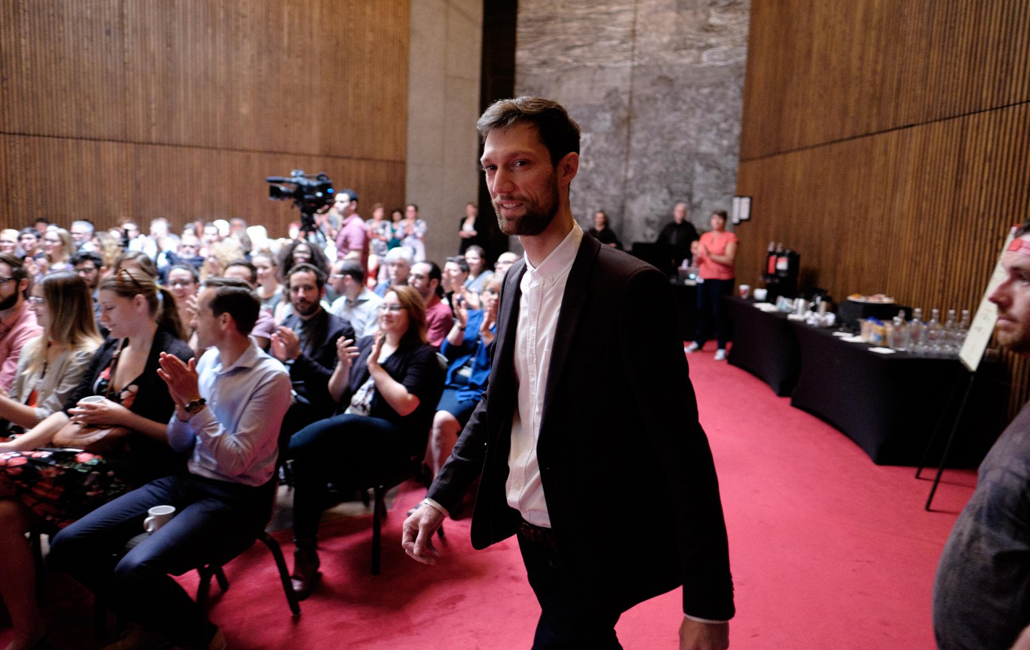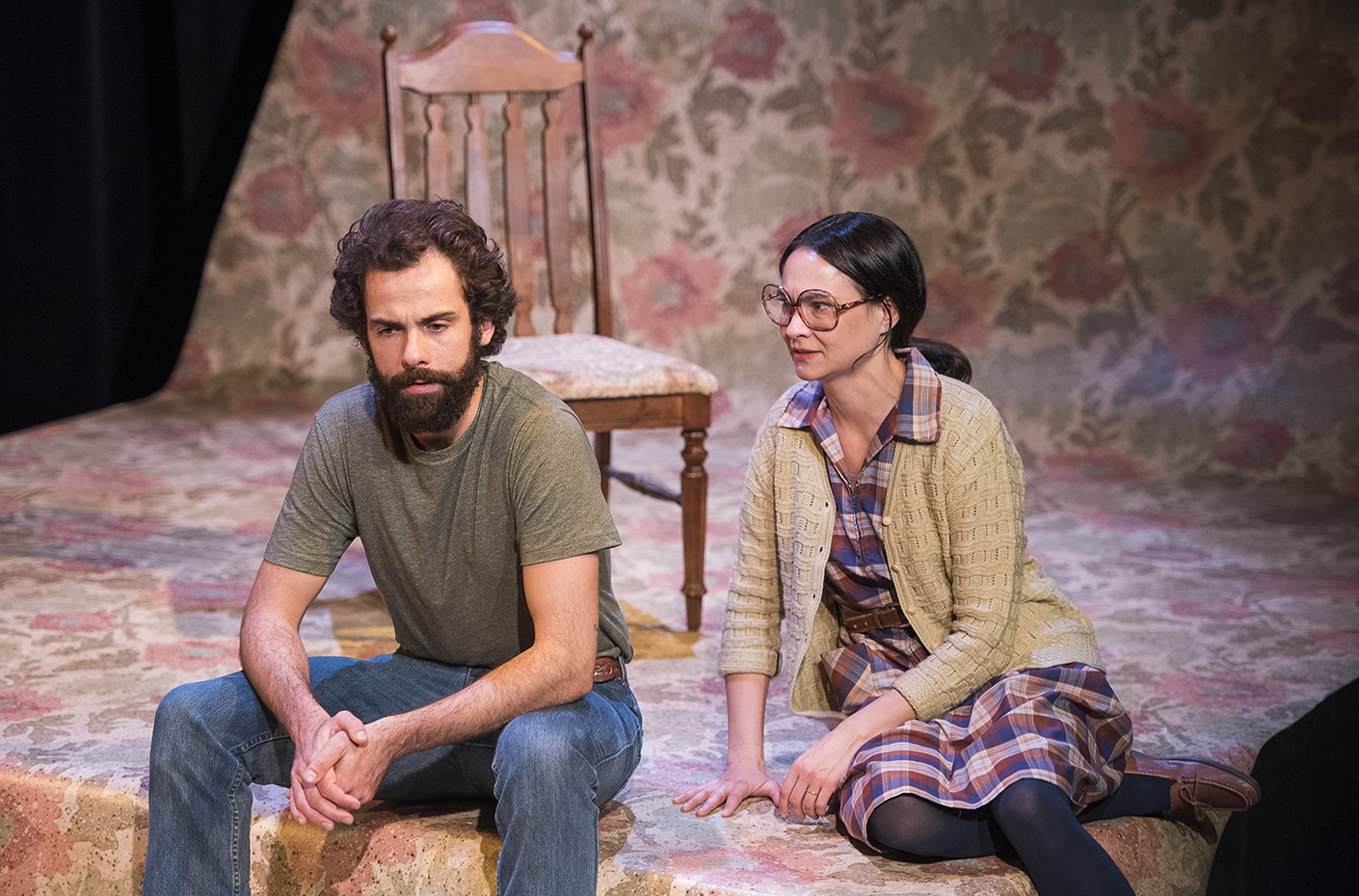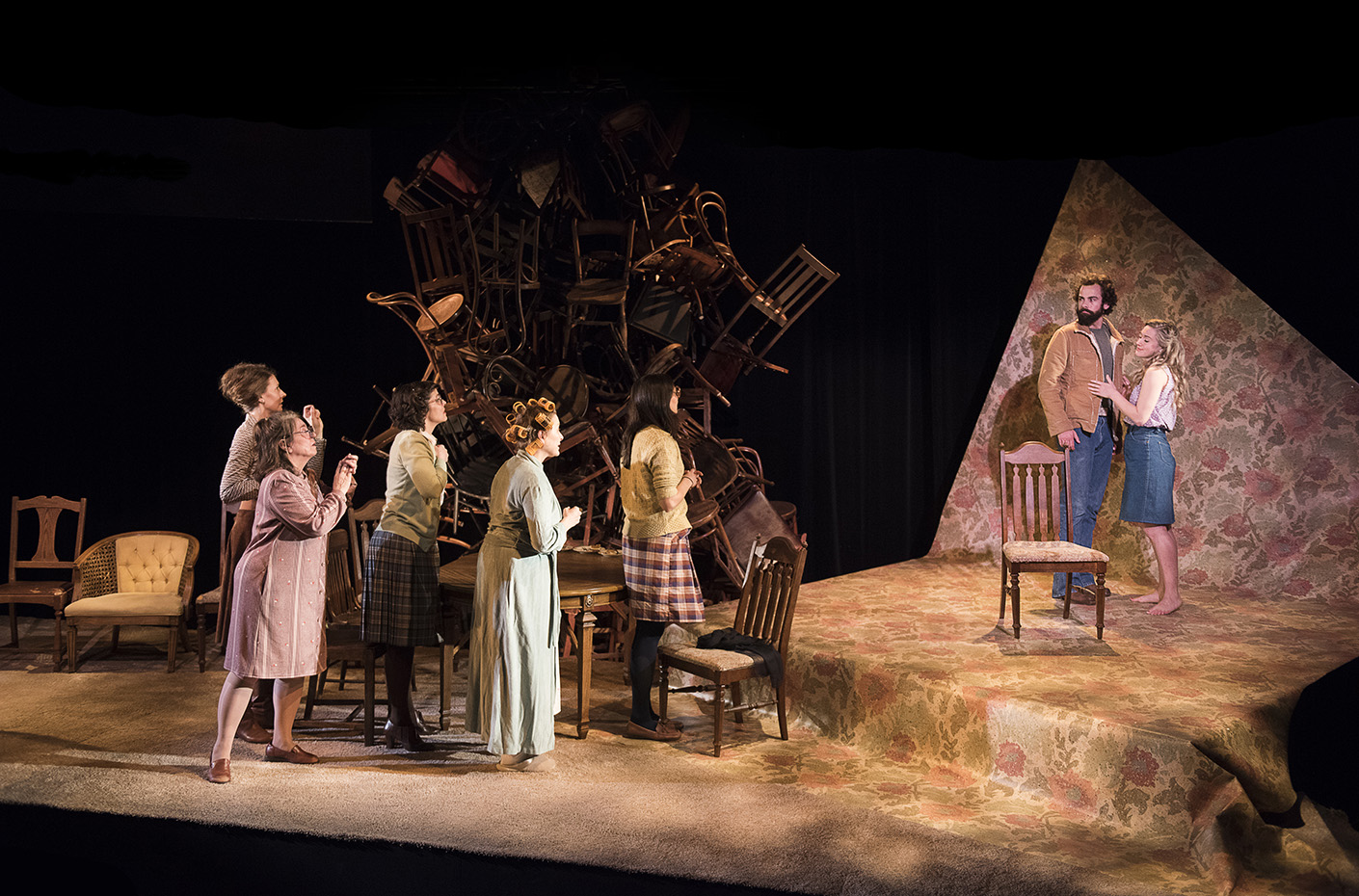Meet the director of Bonjour, là, bonjour



Between 2 rehearsal sessions, we met Gilles Poulin-Denis who talked to us about Michel Tremblay’s play, his Vancouverite collaborators and his new duties as the head of the biennale Zones Théâtre in Ottawa.
LA SEIZIÈME. — For many years, Craig Holzschuh (the previous Artistic Director of Théâtre la Seizième, NDLR), dreamed of producing Bonjour, là, bonjour. He offered you this opportunity before leaving the company. What do you think attracted him to this play?
GILLES POULIN-DENIS. — I think Craig was attracted, amongst other reasons, to the many complexities that are dealt with in this play. It has a very dense script and it requires a very soft touch to present a clear vision to audiences. Different times and spaces overlap and create great challenges! It’s unbelievable that in 2017, when a dramaturge puts forward a project with overlapping temporal complexities, it’s described as innovative, yet Michel Tremblay wrote Bonjour, là, bonjour 40 years ago.
I know this play was exciting for Craig because of its large cast. Given the restraints of our local artistic scene, we don’t often allow ourselves to present a play that demands such a significant investment.
L.S. — This is a play that is rarely produced. It is renowned for being difficult to stage. What are its challenges?
G.D.-P. — The biggest challenge was to clarify the theatrical relationship with the audience. We are used to realistic plays where place, time, and action are linear. In this case, the play occurs in a universe where the protagonist Serge moves between 5 different time frames at the same time.
Also, there are a number of theories about this play. Michel Tremblay purposely created non-spoken issues in his text. We had to do detective work in order to set out the chronology of the story, to establish the relationships between the characters, to find out why the characters react in such a fashion, at that moment, etc. Serge has a very complex relationship with his sisters and his aunts, but he also has a very strong connection with his father. It is definitely a challenge to explore all of these dynamics at the same time and to explain them on stage. It sounds “airy fairy”, but there is a lot of information to transmit!
Also, this is the company’s second Tremblay production in two years, therefore another challenge was not to be repetitive. I wanted to create a different theatrical experience from what was created by À toi, pour toujours, ta Marie-Lou so that audiences could experience Tremblay’s universe in a different way.
L.S. — Tremblay’s body of work is known as mainly being about women. However, in the case of Bonjour, là, bonjour, he tackles the difficulty of communication between a father and son. Given that the female characters almost overwhelm the story, how did you manage to highlight this relationship?
G.D.-P. — For me, the relationship between father and son is very clear in the play. The women talk a lot about day-to-day life, while Serge and Armand try to communicate profound ideas to each other. The tone is different: there’s truth and simplicity in the dialogue between the men – an economy of words – compared with the female characters who talk a lot and rarely listen to each other. The actors have to perform with care and precision, not unlike musicians in an orchestra. I was very specific about the movement of the performers within the space. There’s a physical distance between the father and son, which means they cannot connect, or communicate.
L.S. — This production has an impressive cast of 8 actors. Was it difficult to bring together so many people?
G.D.-P. — We are blessed to have so many excellent Francophone actors in Vancouver. The cast is made-up of well-known artists to la Seizième audiences like Joey Lespérance (À toi, pour toujours, ta Marie-Lou, Porc-Épic), Lyne Barnabé (Le Périmètre, Lapin blanc, Lapin rouge), Siona Gareau-Brennan (À toi, pour toujours, ta Marie-Lou, Selfie, Statu Quo), Vincent Leblanc-Beaudoin (Selfie, Mathieu Mathématiques) and Émilie Leclerc (L’Enfant-Problème, Mathieu Mathématiques). These artists work regularly for la Seizième, but also work on exciting personal projects. Bonjour, là, bonjour, allows us to work, once again, with renowned Thérèse Champagne on the stage of Studio 16. We welcome Annie Lefebvre to our team, an excellent actor who lived in Ottawa, and Leanna Brodie, a Francophile with enormous experience, who is performing in French for the first time. I’m happy to introduce both these artists to la Seizième audiences. All and all, these are signs of a vibrant artistic community.
L.S. — We know that you have been offered the position of Artistic Director at La biennale Zones Théâtrales in Ottawa. Congratulations! What does this mean for the next step in your career?
G.D.-P. — I’m incredibly happy, and really excited. The biennale is an event that I have been involved with in the past few years. At first, I was an audience member and then a number of my works were presented. I feel honoured because, all of a sudden, I am the Artistic Director at the helm of a festival where I was given many opportunities as an artist and a writer. I see this as a chance to invest in my career at a another level. Within the last few years, I’ve had terrific professional experiences that have allowed me to have an international career as well as opportunities all over this country. I hope to use some of these skills for my new path, and to continue to work with the Canadian theatrical community.
.
